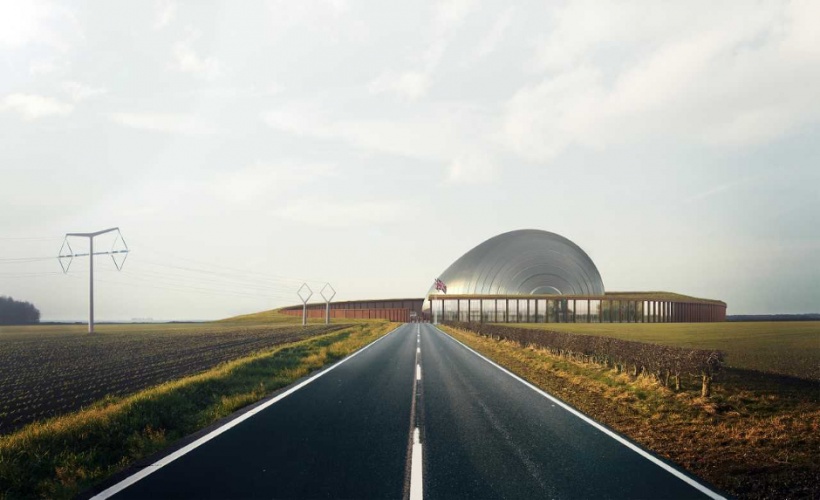
The next generation of low cost, low carbon nuclear power technology that can be delivered at scale has been brought forward following a successful equity raise.
Rolls-Royce Group, BNF Resources UK Limited and Exelon Generation will invest £195m across a period of around three years. The funding will enable the business to secure grant funding of £210m from UK Research and Innovation (UKRI) funding, first announced by the PM Boris Johnson in ‘The Ten Point Plan for a Green Industrial Revolution’.
Tom Samson, CEO, Rolls-Royce SMR, said: “The capitalisation of Rolls-Royce SMR takes us a step closer to achieving a unique, and most importantly investable, proposition in nuclear energy. It is a major vote of confidence in British nuclear technology and the potential for building a world-leading domestic supply chain.”
Rolls-Royce said the business will now move ahead at pace with parallel delivery activities, including entry to the UK Generic Design Assessment (GDA) process and identifying sites for the factories which will manufacture the modules that enable on-site assembly of the power plants. The company added that SMR technology will be available to the UK grid in the early 2030s and that the potential for exporting it ‘is unprecedented’.
PM maps out Britain’s Green Industrial Revolution
Comment: SMRs will supercharge UK’s net zero ambitions
Rapid reaction: small factory-built nuclear reactors could be delivered by lorry
“With the Rolls-Royce SMR technology, we have developed a clean energy solution which can deliver cost competitive and scalable net zero power for multiple applications from grid and industrial electricity production to hydrogen and synthetic fuel manufacturing,” said Rolls-Royce CEO Warren East. “The business could create up to 40,000 jobs, through UK deployment and export enabled growth.”
The Rolls-Royce SMR is a compact power station design, producing 470MWe from a Gen III+ pressurised water reactor (PWR).
The entire plant is being designed as a number of modular sub-assemblies which will be manufactured in factories then transported to site for rapid assembly inside a weatherproof canopy.
Initial development was carried out by the UK SMR Consortium, a collaboration of Assystem, Atkins, BAM Nuttall, Jacobs, Laing O’Rourke, NNL, the Nuclear AMRC, Rolls-Royce and TWI. The 18-month first phase was backed by an initial £18m match-funding investment from the government’s Industrial Strategy Challenge Fund and ended in early 2021.
A single Rolls-Royce SMR power station will occupy a site the size of two football pitches and provide power to approximately one million homes. It can support on-grid electricity and a range of off-grid energy solutions, enabling the decarbonisation of industrial processes and the production of fuels such as sustainable aviation fuels (SAF) and green hydrogen to support the energy transition in the wider heat and transportation sectors.
Sheffield University’s Nuclear AMRC will work with Rolls-Royce SMR to develop the manufacturing capability for a variety of advanced processes, using the advanced machining, joining and testing facilities of the Nuclear AMRC’s research factory in Rotherham. The centre will also support the design of a new UK factory for large SMR components.
Following this process development, the Nuclear AMRC will continue to work with Rolls-Royce to create a fully integrated pre-production proving facility for SMR manufacturing. The proving facility will be used to manufacture large-scale prototypes of the reactor pressure vessel and its closure head.
Business and Energy Secretary Kwasi Kwarteng said: “In working with Rolls-Royce, we are proud to back the largest engineering collaboration the UK has ever seen - uniting some of the most respected and innovating organisations on the planet. Not only can we maximise British content, create new intellectual property and reinvigorate supply chains, but also position our country as a global leader in innovative nuclear technologies.”





Labour pledge to tackle four key barriers in UK energy transition
I'm all for clarity and would welcome anyone who can enlighten me about what Labour's plans are for the size and scale of this Great British Energy....